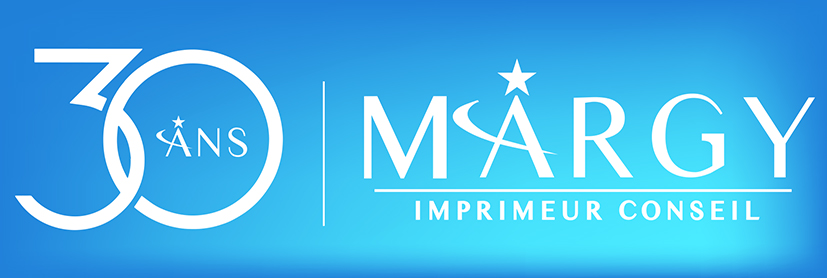The focus of all attention, this “Y” generation target group is a priority for many companies. These new-style consumers are difficult to reach and, above all, to retain.
What are the latest marketing strategies being used to build brand awareness? What are the best ways of getting consumers to buy into the brand? What are the best marketing tools for building consumer loyalty?
What exactly is generation Y?
It’s the population aged 15-25. The term was coined in 1993 by Advertising Age magazine. It is also known as “Digital Natives” or “GenY”.
In France, there are around 13 million of them, i.e. around 21% of the French population (source: INSEE).
A high-potential target
They represent the most powerful target in terms ofmarketing and advertising investment, i.e. around 500% more than all other consumers.
New marketing and sales strategies
Generation Y is looking for differentiation, self-assertion and belonging to a group with which it can identify.
The latest development: digital proximity or the new company-customer relationship.
The advent of digital technology means that we can get even closer to these consumers by invading their daily lives. Some brands and companies have understood this and are focusing their strategy on creating links and proximity in everyday life.
There are three main trends in digital proximity:
- The Big Family company
The company addresses its consumers as if they were friends. The vocabulary is emotional and empathetic.
An example is the Mama Shelter hotel and restaurant chain. This is an in-house hotel with all the hallmarks of a home from home. It’s a friendly place that meets all the criteria sought after by the “Y” generation: a festive, relaxed atmosphere, group games (pig pong table), central bar, good music, etc.
- The brand that takes care of you “show you care
The company is concerned about its consumers or users. For example, during the Paris attacks, Airbnb put out a call to all its users in the capital to find out how they were doing. The message was sent via social networks and smartphone applications.
- The company with a “not so serious” tone
Like the hotel chain Okka Hotel, whose Tumblr features its team illustrated with animated GIFS. It’s an offbeat blog full of humour, and the tone is set from the very first lines: “a very unserious blog from the very serious OKKA Hotels team”.
Very human marketing that removes the brakes on the prestige of luxury hotels.
The most frequently used levers
- Social networks
This ‘Y’ generation is the most connected (75% of 11-24 year-olds are present on at least one social network), with two major leaders: Facebook and Twitter. Companies are stepping up their engagement marketing strategies to boost their fan base and build consumer loyalty.
Companies can rely on conversational marketing strategies. They create dialogue and involvement between the consumer and the brand. If Internet users are involved, they will be more inclined to buy the brand. One example is Haribo, which launched a vote among its subscribers to decide on the colour of the next Dragibus.
- A single watchword on the web: humour
Serious talk is for school or at home. On the web, 15-25 year olds want to relax and have fun. Brands are banking on humour and connivance to stand out from the crowd.
- Co-branding: a must
Partnering with a brand that is emblematic of the generation in question is a winning strategy. Swarovski and Sephora are two examples. Their respective partnerships with the Hello Kitty character attracted a target audience of teenage girls and young women.
Opinion-forming
This is an approach based on connivance. By being present at the events that bring them together – festivals, student evenings, trade fairs – the company demonstrates its understanding of the target audience.
Whatever the marketing strategy used and whatever the medium employed, certain criteria remain inseparable from the success or failure of your campaign. The quality of the product, its innovation and its ecological dimension are all criteria that make or break a brand.
Other articles :
 01 44 52 02 02
01 44 52 02 02
